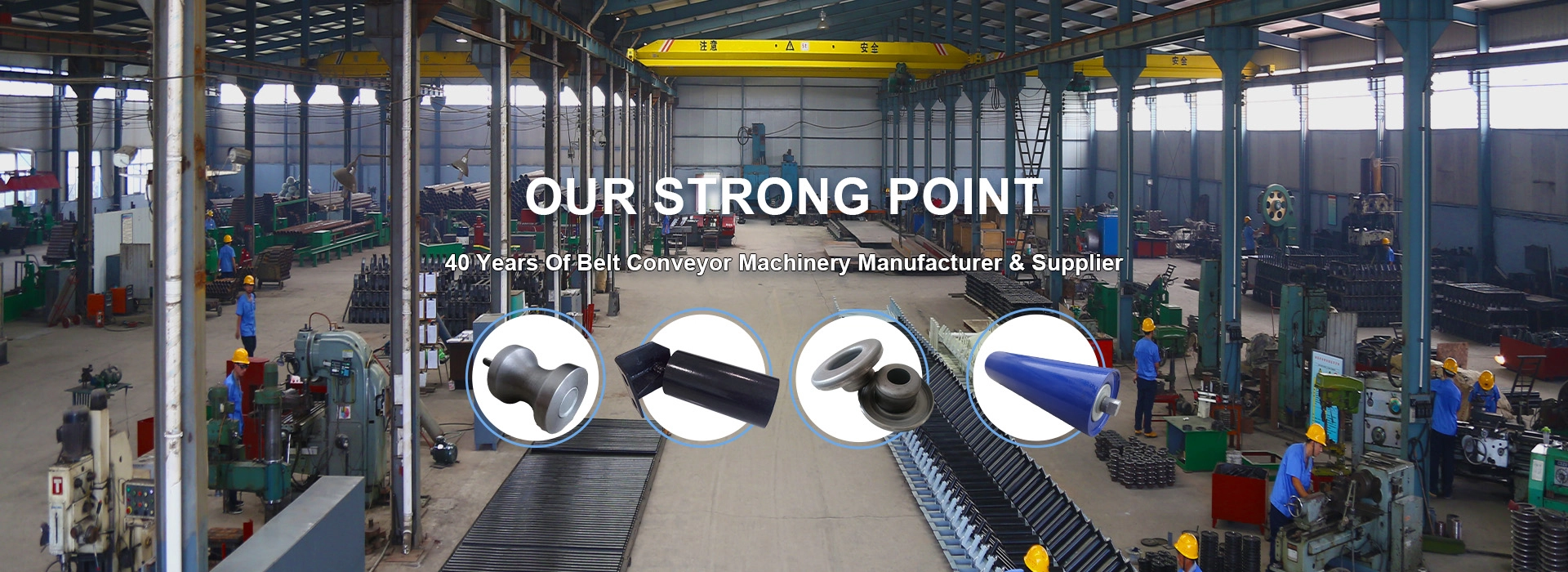 Afrikaans
Afrikaans  Albanian
Albanian  Amharic
Amharic  Arabic
Arabic  Armenian
Armenian  Azerbaijani
Azerbaijani  Basque
Basque  Belarusian
Belarusian  Bengali
Bengali  Bosnian
Bosnian  Bulgarian
Bulgarian  Catalan
Catalan  Cebuano
Cebuano  Corsican
Corsican  Croatian
Croatian  Czech
Czech  Danish
Danish  Dutch
Dutch  English
English  Esperanto
Esperanto  Estonian
Estonian  Finnish
Finnish  French
French  Frisian
Frisian  Galician
Galician  Georgian
Georgian  German
German  Greek
Greek  Gujarati
Gujarati  Haitian Creole
Haitian Creole  hausa
hausa  hawaiian
hawaiian  Hebrew
Hebrew  Hindi
Hindi  Miao
Miao  Hungarian
Hungarian  Icelandic
Icelandic  igbo
igbo  Indonesian
Indonesian  irish
irish  Italian
Italian  Japanese
Japanese  Javanese
Javanese  Kannada
Kannada  kazakh
kazakh  Khmer
Khmer  Rwandese
Rwandese  Korean
Korean  Kurdish
Kurdish  Kyrgyz
Kyrgyz  Lao
Lao  Latin
Latin  Latvian
Latvian  Lithuanian
Lithuanian  Luxembourgish
Luxembourgish  Macedonian
Macedonian  Malgashi
Malgashi  Malay
Malay  Malayalam
Malayalam  Maltese
Maltese  Maori
Maori  Marathi
Marathi  Mongolian
Mongolian  Myanmar
Myanmar  Nepali
Nepali  Norwegian
Norwegian  Norwegian
Norwegian  Occitan
Occitan  Pashto
Pashto  Persian
Persian  Polish
Polish  Portuguese
Portuguese  Punjabi
Punjabi  Romanian
Romanian  Russian
Russian  Samoan
Samoan  Scottish Gaelic
Scottish Gaelic  Serbian
Serbian  Sesotho
Sesotho  Shona
Shona  Sindhi
Sindhi  Sinhala
Sinhala  Slovak
Slovak  Slovenian
Slovenian  Somali
Somali  Spanish
Spanish  Sundanese
Sundanese  Swahili
Swahili  Swedish
Swedish  Tagalog
Tagalog  Tajik
Tajik  Tamil
Tamil  Tatar
Tatar  Telugu
Telugu  Thai
Thai  Turkish
Turkish  Turkmen
Turkmen  Ukrainian
Ukrainian  Urdu
Urdu  Uighur
Uighur  Uzbek
Uzbek  Vietnamese
Vietnamese  Welsh
Welsh  Bantu
Bantu  Yiddish
Yiddish  Yoruba
Yoruba  Zulu
Zulu Optimizing Efficiency and Durability in Belt Conveyor Roller Design and Application Techniques
Understanding Belt Conveyor Rollers A Critical Component in Material Handling
Belt conveyor systems are an essential part of various industries, enabling efficient and seamless transportation of materials across short and long distances. At the heart of these systems lie conveyor rollers, particularly the belt conveyor rollers, which play a vital role in the overall functionality and efficiency of the conveyor. Understanding their design, function, and maintenance is crucial for any operation relying on conveyor systems.
What are Belt Conveyor Rollers?
Belt conveyor rollers are cylindrical devices that support and guide the conveyor belt along its path. They are typically made from materials like steel, plastic, or aluminum, and their design can vary based on the application and environment in which they operate. The primary purpose of these rollers is to provide a surface for the belt to travel over, reducing friction and allowing for smooth motion.
Types of Roller Designs
Belt conveyor rollers come in a variety of designs, each suited for specific applications. The most common types include
1. Idler Rollers These are the most basic type of conveyor rollers and do not transmit power. They support the conveyor belt and the material being transported. Idler rollers are crucial for maintaining belt alignment and minimizing wear and tear.
2. Drive Rollers These rollers are powered and play a key role in moving the conveyor belt along its path. They are typically found at the head of the conveyor system and are driven by an electric motor.
3. Return Rollers As the name suggests, return rollers support the belt as it returns to the starting point after the material has been discharged. They help maintain the belt's shape and trajectory.
belt conveyor roller

Importance of Proper Roller Maintenance
The performance and longevity of belt conveyor rollers are directly linked to regular maintenance practices. Common issues such as misalignment, excessive wear, and contamination can significantly impact the efficiency of the conveyor system. Regular inspections should be conducted to check for signs of wear, including uneven wear patterns on rollers, which can lead to increased friction and unplanned downtime.
Lubrication is another important aspect of maintenance. Properly lubricated rollers reduce friction and contact noise, enhancing the system's overall performance. Moreover, it is essential to clean the rollers periodically to remove dust, debris, and other contaminants that may cause wear or impede operation.
Advantages of High-Quality Roller Materials
The choice of materials for belt conveyor rollers also significantly affects the conveyor system's efficiency. For instance, steel rollers are known for their durability and strength, making them ideal for heavy-duty applications. On the other hand, plastic rollers are lighter and resistant to corrosion, suitable for more specialized environments.
Investing in high-quality rollers can yield substantial benefits, including reduced energy consumption, lower maintenance costs, and improved material handling efficiency. Additionally, well-manufactured rollers can lead to enhanced load capacity and longer service life, contributing to overall operational efficiency.
Conclusion
Belt conveyor rollers are a crucial component of material handling systems, influencing the performance, maintenance, and operational costs of conveyor systems. Understanding the different types of rollers and their maintenance needs is essential for businesses relying on conveyor technology. By prioritizing the selection of high-quality rollers and committing to consistent maintenance, companies can maximize the efficiency and longevity of their belt conveyor systems, ultimately leading to substantial operational benefits. Whether in mining, manufacturing, or logistics, the importance of these seemingly simple components cannot be overstated.
-
Revolutionizing Conveyor Reliability with Advanced Rubber Lagging PulleysNewsJul.22,2025
-
Powering Precision and Durability with Expert Manufacturers of Conveyor ComponentsNewsJul.22,2025
-
Optimizing Conveyor Systems with Advanced Conveyor AccessoriesNewsJul.22,2025
-
Maximize Conveyor Efficiency with Quality Conveyor Idler PulleysNewsJul.22,2025
-
Future-Proof Your Conveyor System with High-Performance Polyurethane RollerNewsJul.22,2025
-
Driving Efficiency Forward with Quality Idlers and RollersNewsJul.22,2025





























